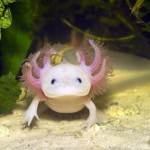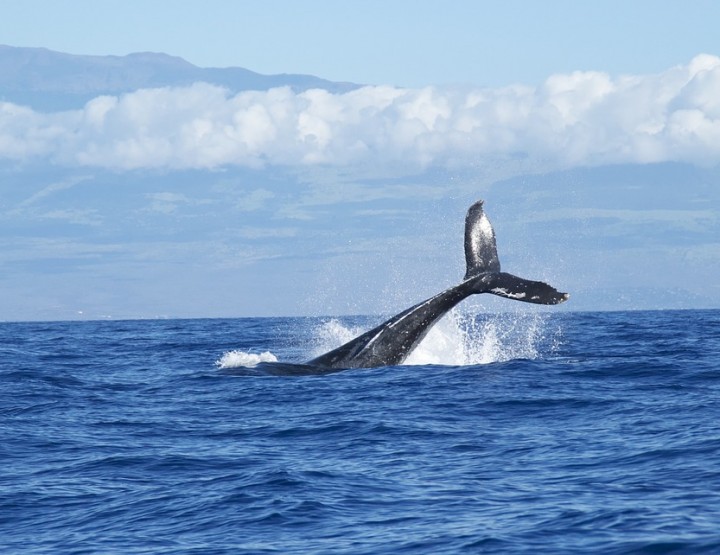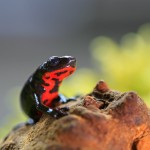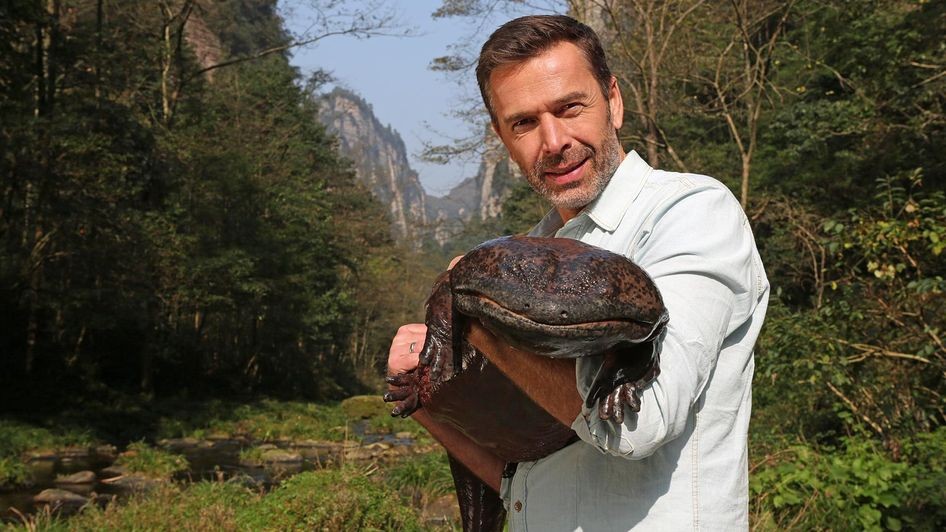Please scroll down for the English version
Das Axolotl ist ein aquatisch lebender Schwanzlurch aus der Familie der Querzahnmolche. Er kommt endemisch im Xochimilco-See und im benachbarten Chalco-See vor, welche beide in der Nähe von Mexico-Stadt liegen. Die Besonderheit des Axolotls? Es bleibt sein Leben lang im Larvenstadium, also ewig jugendlich. Desweiteren kann das Axolotl (wie einige andere Molche auch) Gliedmaßen komplett nachwachsen lassen; auch Organe und sogar Teile des Gehirns! Sie werden bis zu 30cm lang und in den Sorten „naturbelassen“ und „albinotisch“ verkauft. Aufgrund seiner außergewöhnlichen Erscheinungsform ist das Axolotl ein beliebtes Haustier geworden. Aber auch hier gibt es einiges zu beachten.
- Das Axolotl lebt rein aquatisch. Also solltet ihr es in einem Aquarium halten, welches nicht kleiner als 80cm x 40cm misst. Dazu sollte es seinem Lebensraum entsprechend eingerichtet werden (viel krautige Pflanzen, Äste und Wurzeln, grober Kies und Steine usw.)
- Das Axolotl ist ein reiner Fleischfresser, deshalb hält man es am besten nur mit gleichgroßen Artgenossen zusammen. Füttern solltet ihr es mit Kleinfischen, Würmern und Grillen usw. Da das Axolotl ein nachtaktiver Räuber ist, dunkelt ihr das Aquarium ab, wenn ihr sie füttert.
- Das Wasser sollte eine Temperatur zwischen 15-21 Grad Celsius haben (optimal sind 17 Grad Celsius) und einen Ph-Wert zwischen 7- 8,5.
- Falls die Axolotl Jungtiere bekommen, entfernt ihr diese besser aus dem Becken (Kannibalismusgefahr!) um sie in einem gesonderten Becken aufziehen. Füttert sie mit kleinen Salinenkrebsen, Cyclops und Daphnien.
- In Gefangenschaft werden Axolotl bis zu 20 Jahre alt, in Extremfällen sogar 28, also macht euch auf einen Partner für 1/3 eures Lebens gefasst.
- Der Traum der ewigen Jugend kann auch bei dem kleinen Molch zerstört werden, wenn er Jod ausgesetzt wird. Das ist allerdings strengstens verboten, da es als Tierversuch gilt und dem kleinen Tier schwere Schmerzen zufügt! Also kein Jod ins Wasser geben!!!
So, falls ihr euch jetzt einen der illustren Wassergesellen zulegen wollt, welche auch schon bei den Azteken als heilige Tiere galten, holt euch bitte noch einmal ausgiebigere Fachlektüre und dann wünsch ich euch viel Spaß mit eurer ewig jugendlichen Wassergottheit.
Bildrechte: http://cdn1.spiegel.de/images/image-156454-galleryV9-vamd.jpg
English version
The Axolotl is an aquatically living caudate from the mole salamander family. He is endemically living in the Lake Xochimilco and in the Lake Chalco next to it, which both lie close to Mexico City. What makes the Axolotl special? It is in the larvae stadium for his whole life. – So it is young forever. Further, the Axolotl (like some other salamanders too) can completely regrow its limbs. Even organs and parts of the brain! They can get as long as 30cm and are available “untreated” or “albiotic”. Because of the extraordinary looks, the Axolotl has become a popular pet. But here are the things you need to pay attention to:
1. The Axolotl lives aquatically. You should keep it in an aquarium which is taller than 80cm x 40cm. Further you have to create a fitting environment for it to live in (many plants, sticks and roots, raw gravel and stones and so on)
2. The Axolotl only eats meat, so you have to keep it with species of the same size. You should feed your pet with worms, little fishes, crickets and so on. Because the Axolotl is a night predator you have to darken the aquarium when feeding it.
3. The water should be somewhere between 15°C and 21°C (17°C are the optimum) and a PH Value of 7 to 8.5.
4. In case the Axolotl gets babies, you should get them out of the aquarium (risk of cannibalism) to raise them in another aquarium. Feed them with little Cyclops, Daphnis and brine shrimps.
5. Axolotl can get up to 20 years old in the aquarium, sometimes even over 28 years old, so get ready to have a partner for 1/3 of your life.
6. The dream of the everlasting youth can be destroyed, when the little salamander is exposed to iodine. This is strictly forbidden, because it is considered an animal experiment and the little pet even gets severe pains! So don’t put iodine in the water!!
Alright, if you now want to get one of those august water companions, which have been holy animals for the Aztecs already, please get a more detailed reading about this animal and I wish you lots of fun with your new, forever young, water god.
Image Copyright: http://cdn1.spiegel.de/images/image-156454-galleryV9-vamd.jpg





